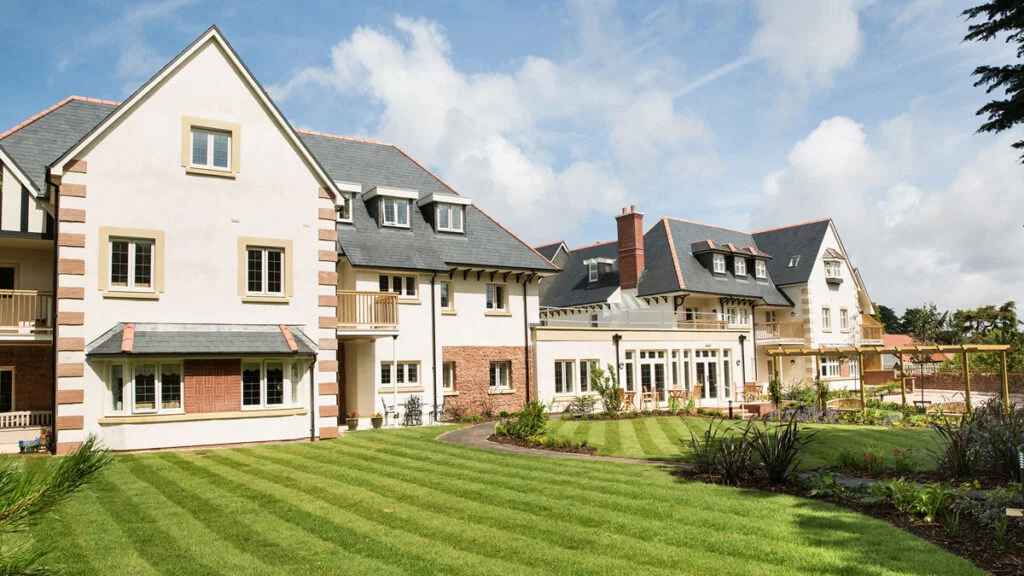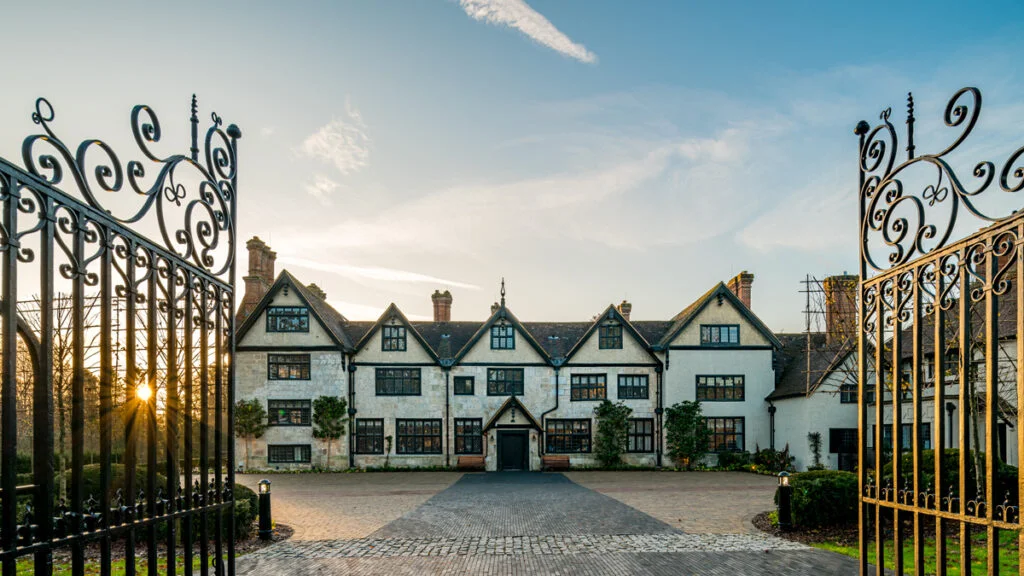
Often filling the older population with dread, retirement homes and villages have had a seemingly bad reputation following previous years of poor management and ill conditions. However, changing opinions supported by increased awareness and education are aiding the popularity of retirement homes and villages in the UK. With some speculating that it has the potential to be the fastest growing sector outside of tech, we look into its current state and growth potential.
Retirement homes are based around independent living where a person lives in their own apartment that is either bought or rented, with a plethora of care and support services available, but also leisure and social activities like restaurants, swimming pools, gyms, and more. In comparison, care and nursing homes provide around-the-clock care for people who are unable to live independently.
In countries like the United States, Australia and New Zealand, retirement homes and villages are a standard part of the community and property ladder.
A 2022 study by real estate company Savills, found that only 1 per cent of over 65s have moved into retirement homes in the UK compared to 6.5 per cent in the USA.
Businesses like St Monica Trust, McCarthy Stone, and Audley are paving the way for retirement villages in the UK, promoting government awareness, property regulation, health care, and education in the sector.

Housing crisis
A major problem in the UK is the housing crisis, but Nick Sanderson, founder of Audley, says retirement villages are the answer. He says that in countries like Australia, New Zealand, South Africa, the US, and Canada, it is more common for people to move out of a family home into more “appropriate accommodation”. He points to the example of the Snowbirds in the US, retirees who have migrated to the southern states like Florida after living in colder climates.
Part of the problem is the lack of empty nester movement. Sanderson mentions that there are around three million empty bedrooms every night because people are living in under-occupied housing in the UK.
A 2019 study from Strutt & Parker, an estate agent and property consultancy company, has found three-quarters of business leaders believe the housing crisis has a negative impact on business.
According to an English Housing survey, nearly four in five people in England aged 65 or over are homeowners, which is increasing. However, one in three homeowners aged 55+ are considering downsizing their home.
Sanderson says incentivising empty nesters to move will lead them to downsize and free up family housing. This would free up housing for newly married couples, and in turn free up first-time buyers.
Supply and demand
Supply and demand have previously restricted the growth of the sector, slowing the building rate of the villages. McCarthy Stone’s director of communications Paul Teverson says the demand for the retirement community sector would be around 30,000 and 50,000 new properties a year, but the sector is only building about 6,000. Audley, as an example, had 167 new units built in 2022, an 11 per cent increase on 2021, with 286 new units in planning and around £240million placed in new villages under construction.

Headway is being made with visits to Number 10 in search of an operational task force for the retirement sector. Teverson notes Lord Richard Best as a huge advocate for the space. Lord Best points out that “building new homes for later living is imperative” and his answer for the lack of supply is to “preserve and upgrade our existing stock.”
Audley is a great example of this, with properties like St Elphin’s Park set in the Derbyshire Dales being a restored Victorian Gothic school at the centre of its village, mixing the preserved building with the newer builds of the village.
Audley has a 2-bed apartment in their Redwood estate for a guide price of £620,000, plus monthly management fees, which range between £592 and over £1,000. Compared to rivals McCarthy Stone’s Herriot Gardens village in Sunderland which ranges from £184,000-£194,000 (with an option for shared ownership), and St Monica Trust with a one-bedroom apartment in Bristol for £235,000 leasehold, with additional annual fees.
A move towards governmental awareness will become critical due to the lack of property regulations in the retirement sector. Teverson said, “We think it [the task force] has massive potential to provide the support the sector needs to increase supply and address some of the planning restraints.”
The improved retirement sector will not only aid the housing crisis but help the country as a whole, particularly the NHS. Retirement villages keep people safe. “It takes a lot of pressure off health and social care. Most hospitals are full of older people who have nowhere to go,” Sanderson says.
According to Shirley Hall, the head of innovation and wellbeing at The ExtraCare Charitable Trust, there was a 46 per cent reduction in GP routine and planned appointments when retirees had healthcare services readily available.
Regulated through CQC, the government care quality commission, to deliver care to people in their own homes, Sanderson’s Audley provides home care services in their retirement village, taking pressure off the NHS through privatised healthcare.

Growth of the sector
The retirement home and village industry have the opportunity to be massive. Sanderson believes that the potential of this market is one you “couldn't satisfy over time.”
With an operating revenue of £34.3million in 2022 up from £32.2million in 2021 from Audley and McCarthy Stone increasing revenue from £335.5million in 2021 to £434million in 2022, it is clear this is a growing market going into its prime.
“I think it's going to be one of the biggest growth areas,” Sanderson adds, “certainly in real estate, but possibly one of the biggest sectors of growth outside of tech in the UK.”
Both William and Teverson think this is a “really exciting” time for the industry. Looking optimistically at the aforementioned task force, Teverson believes this will provide a blueprint for regulatory reform to help get the UK to the standard of retirement care as in other countries.
With increased funding available, for example, Audley secured a £22.9million three-year shareholder financing facility in February 2023 and a new five-year £28.5million freehold financing facility from Federated Hermes as of November 2023, it is clear this industry is ripe for growth, a feat that will only aid the economy and society.
Related and recommended

The advertising veteran believes that leaders need to listen to those around them to set the right course for the business
Burnout is a serious problem for many leaders, but if you can spot the signs, you can stop it – and recover
With Labour committed to spending more on defence, we need to be clearer on the trade-offs – while realising ultimately it can boost the economy
Labour believes a trade deal with the US will change its political fortunes, but there are numerous obstacles in the way

